Affiliate links on Android Authority may earn us a commission. Learn more.
HUAWEI Mate 10 Pro hands on
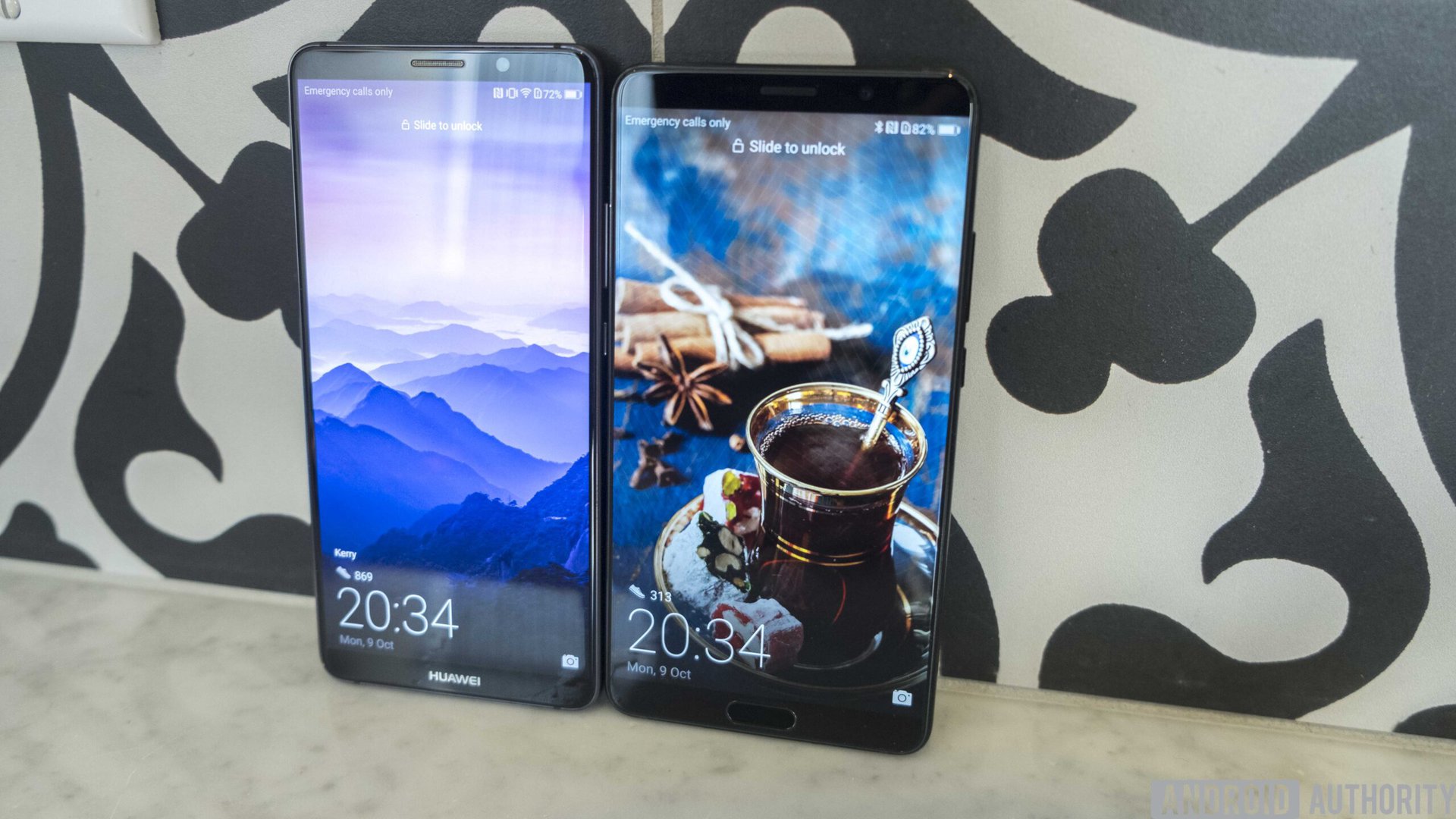
In a world where AI is at the forefront of innovation, is it finally time for a smartphone with AI at its core? HUAWEI seems to think so, and the company’s upcoming Mate 10 phone does exactly that. It’s the first smartphone to be powered by the Kirin 970, which comes with a dedicated neural processing unit (NPU) for AI.
Don’t miss:
- HUAWEI Mate 10 and 10 Pro announced: All the key details
- HUAWEI Mate 10 and 10 Pro specs
- HUAWEI Mate 10 and 10 Pro price and availability
The HUAWEI Mate 10 follows this year’s flagship trend, with HUAWEI’s first FullView display. This is essentially a branding term for the narrower bezels that both devices have, although their displays do vary in quality and resolution.

The Mate 10 has a 5.9-inch Quad HD LCD display with a more traditional 16:9 aspect ratio, while the Mate 10 Pro has a 6.0-inch Full HD+ AMOLED panel with 18:9 aspect ratio. Both screens also support HDR 10, taking advantage of apps like YouTube and Netflix which already output HDR content natively on smartphones. The fingerprint sensor is on the rear of the Mate 10 Pro like previous HUAWEI devices. On the regular Mate 10, HUAWEI has squeezed the sensor into the small bezel beneath the display.
The design of the Mate 10 series hasn’t varied much from last year’s Mate 9, but the reduction in bezels allows for a much smaller overall footprint. Both the Mate 10 and 10 Pro feel smaller than their display sizes would suggest, though the subtle curves on the rear offer an improved in-hand feel, especially for the regular Mate 10.
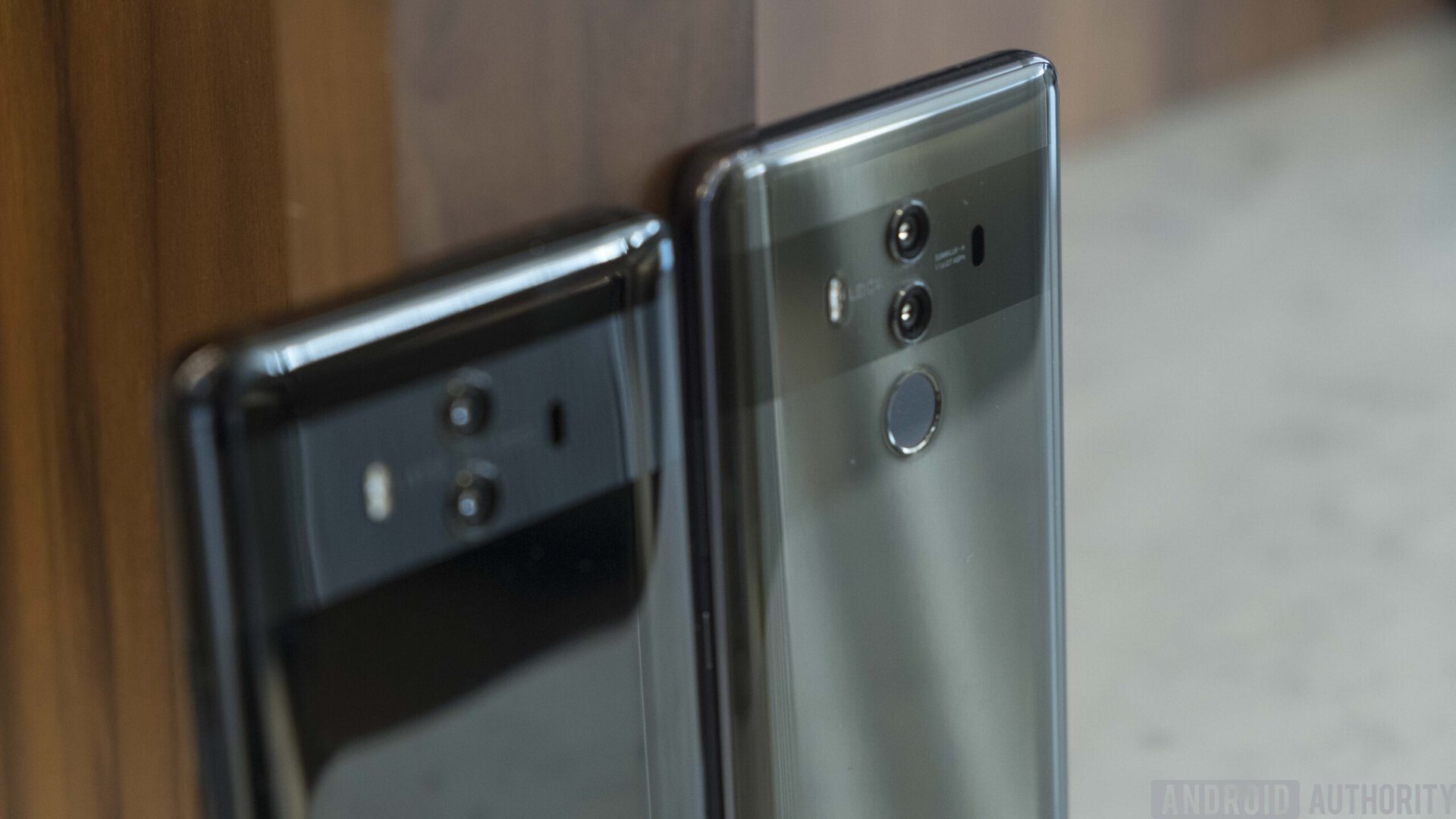
Both devices are powered by the Kirin 970, which is the star of the show. Announced at IFA 2017 last month – and a worthy winner of our Best of IFA award – HUAWEI’s latest processor is the first that’s designed with AI in mind. Using its custom NPU, HUAWEI says the Kirin 970 will apply AI to the world around you. This is first noticeable in the camera’s scene modes.
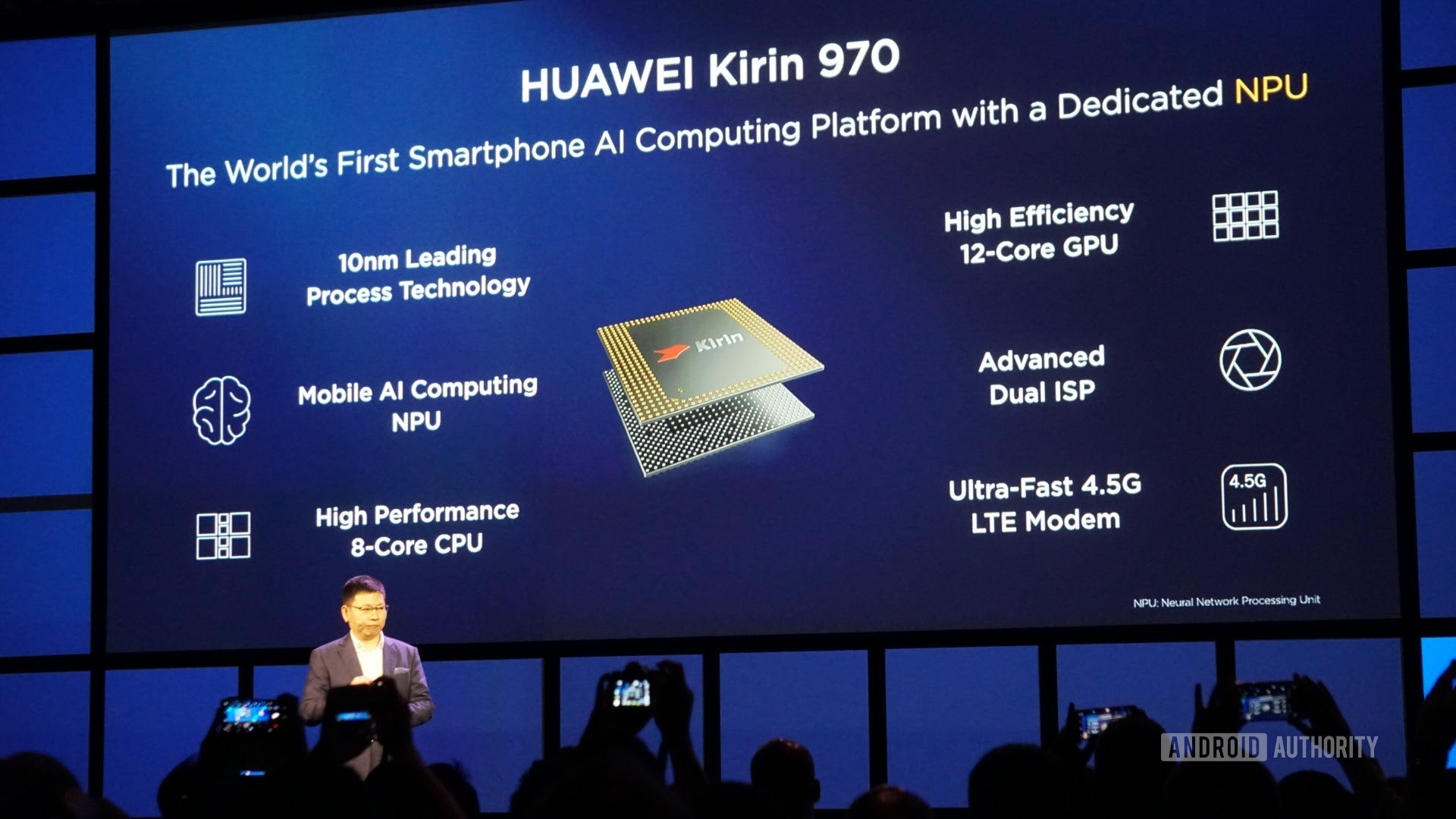
When using the camera and pointing it at a subject, the NPU recognizes the type of object and adjusts the picture accordingly in real-time, during capture and post-processing. We found the feature works pretty well, especially when noticing food, plants, or flowers in a scene. The icon in the bottom corner helps to signal which type of scene is being recognized.
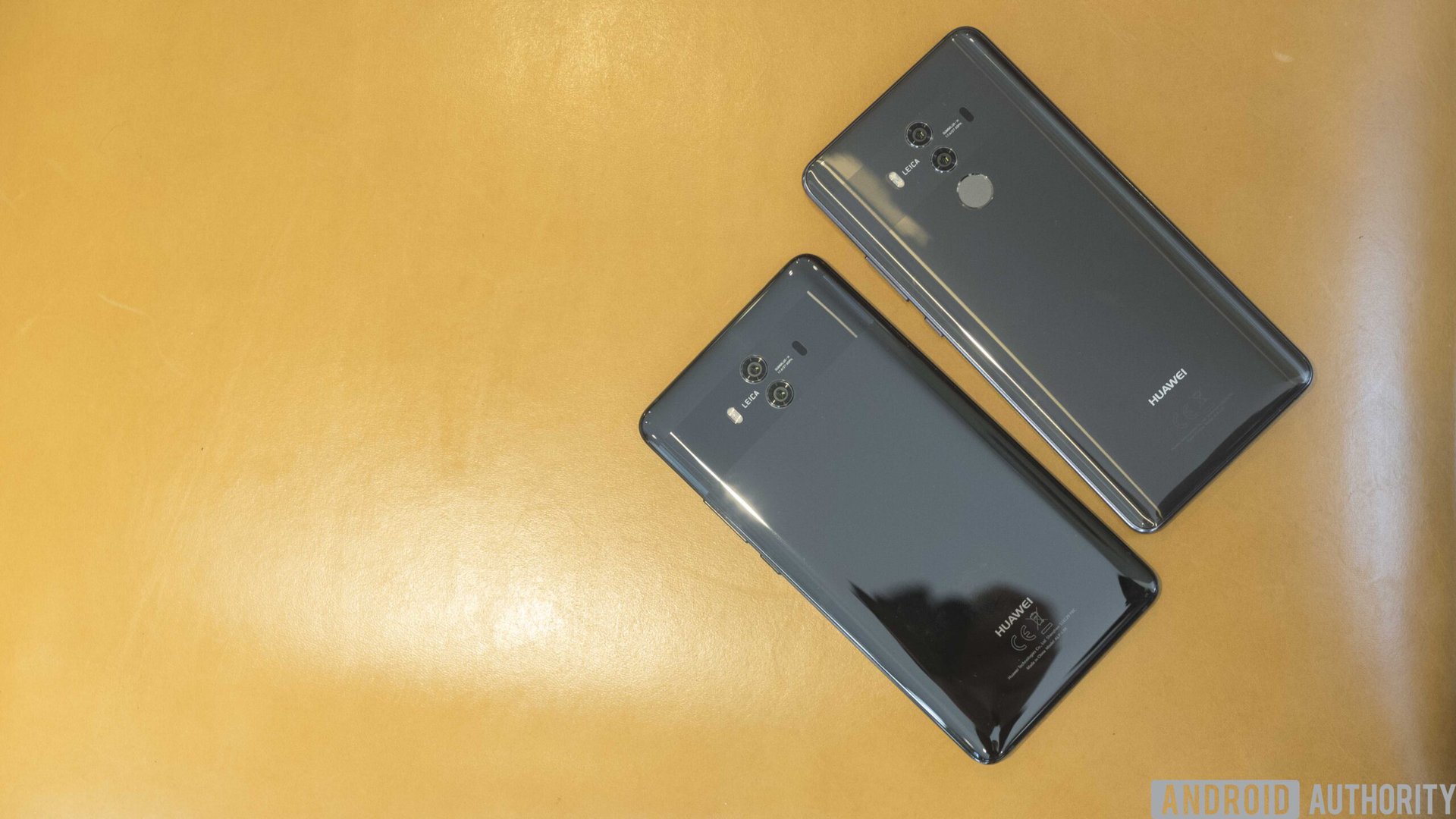
What about those cameras on the rear? Both devices continue HUAWEI’s partnership with Leica and come with next-generation dual cameras. The main sensor is a 12 MP RGB sensor with OIS and the secondary camera is a 20 MP monochrome sensor. The LG V30 may have had the first smartphone camera with a f/1.6 aperture, but the Mate 10 is the first to have that aperture on both lenses. HUAWEI says this allows it to let in 90% more light than previous Mate smartphones.
Like previous HUAWEI devices, they come with a range of modes including a portrait mode, a wide-aperture mode, which lets you change the aperture before or after taking a picture, and several modes dedicated to low-light photography. The 4-in-1 hybrid zoom feature aims to take the additional data provided by the larger monochrome sensor and use it for lossless zoom.
Read more: HUAWEI Mate 10, Mate 10 Pro, and Porsche Design Mate 10 specs: better, faster, stronger
Under the hood, both devices come with specs befitting a 2017 device. They also have a number of considerable differences. The standard Mate 10 comes with 4 GB of RAM and 64 GB of expandable storage, while the Mate 10 Pro has 4/6 GB of RAM and 64/128 GB of storage. Crucially, the Mate 10 Pro doesn’t come with a microSD card slot, while the standard Mate 10 does. The Mate 10 Pro offers IP67 dust and water resistance, providing durability that’s been missing from previous HUAWEI flagship devices, though the Mate 10 does not.
The differences don’t stop there. The standard Mate 10 features a 3.5 mm audio jack alongside support for 1 Gbps data speeds thanks to LTE Cat 16. Meanwhile, the Mate 10 Pro doesn’t have a headphone jack and uses USB Type-C digital audio with an adapter in the box. The Mate 10 Pro also comes with support for 4X4MIMO, 256QAM and 3CC CA, which means it’s the first smartphone to support data speeds of up to 1.2 Gbps. Both devices are powered by a 4,000 mAh battery and support HUAWEI SuperCharge, which HUAWEI says can charge the batteries to 58% in 30 minutes.
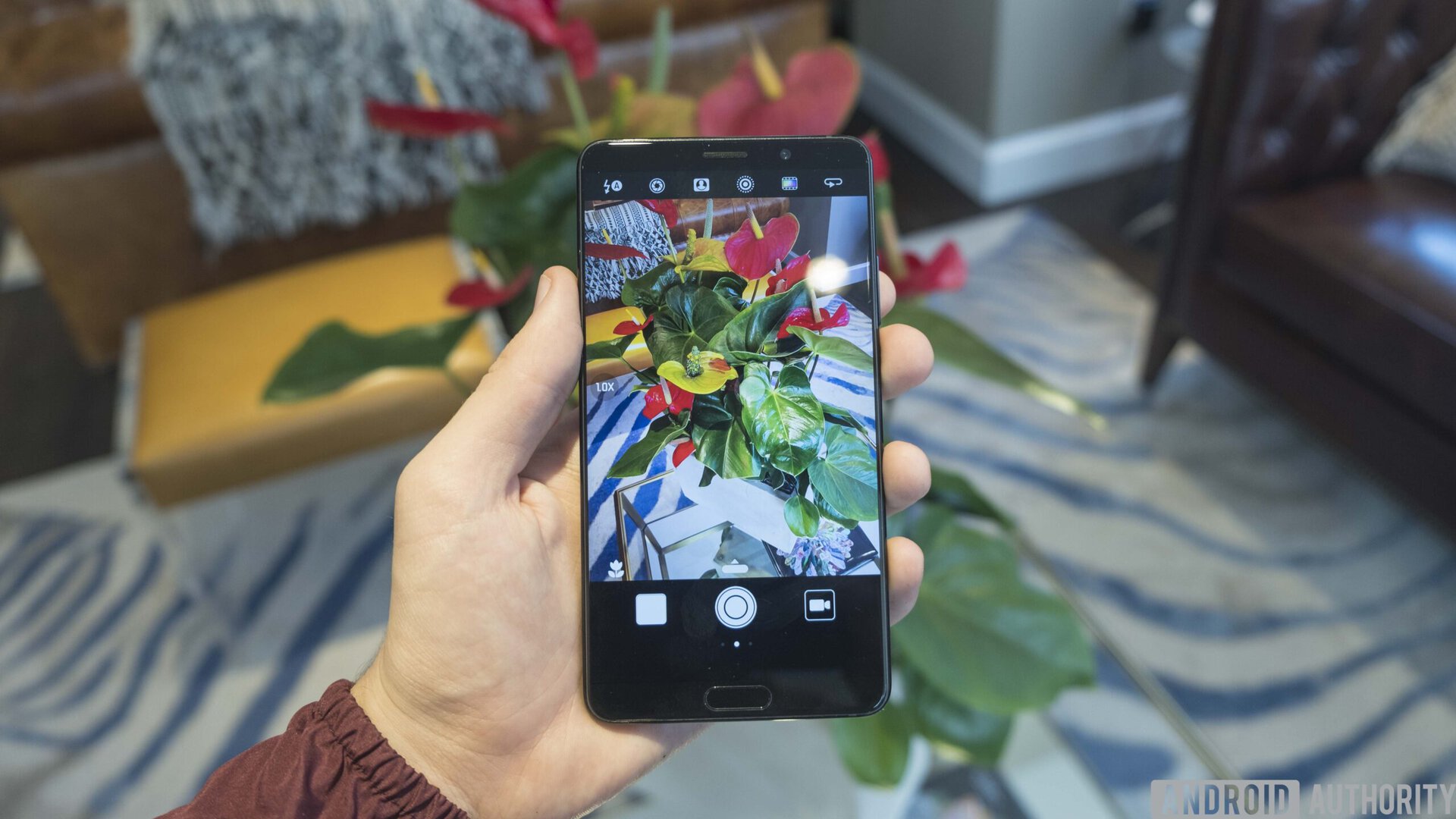
Huawei’s EMUI interface is often the most polarizing feature on HUAWEI smartphones, though last year’s EMUI 5 interface offered a welcome step in the right direction. This year, HUAWEI jumped straight to EMUI 8 to coincide with Android 8.0 Oreo and has designed parts of its interface with an AI-first approach in mind.
The AI benefits are mostly seen during day-to-day use, which means we’ll have to wait for our full review in order to truly test these features out. That said, HUAWEI says the NPU allows it to understand and react to the context of a user’s action and provide recommendations to help. When reading a book, the NPU will remind users to enable Eye Comfort mode (Huawei’s blue light filter). Or, when taking a picture of a business card, the NPU will offer to scan the details into your phone book.
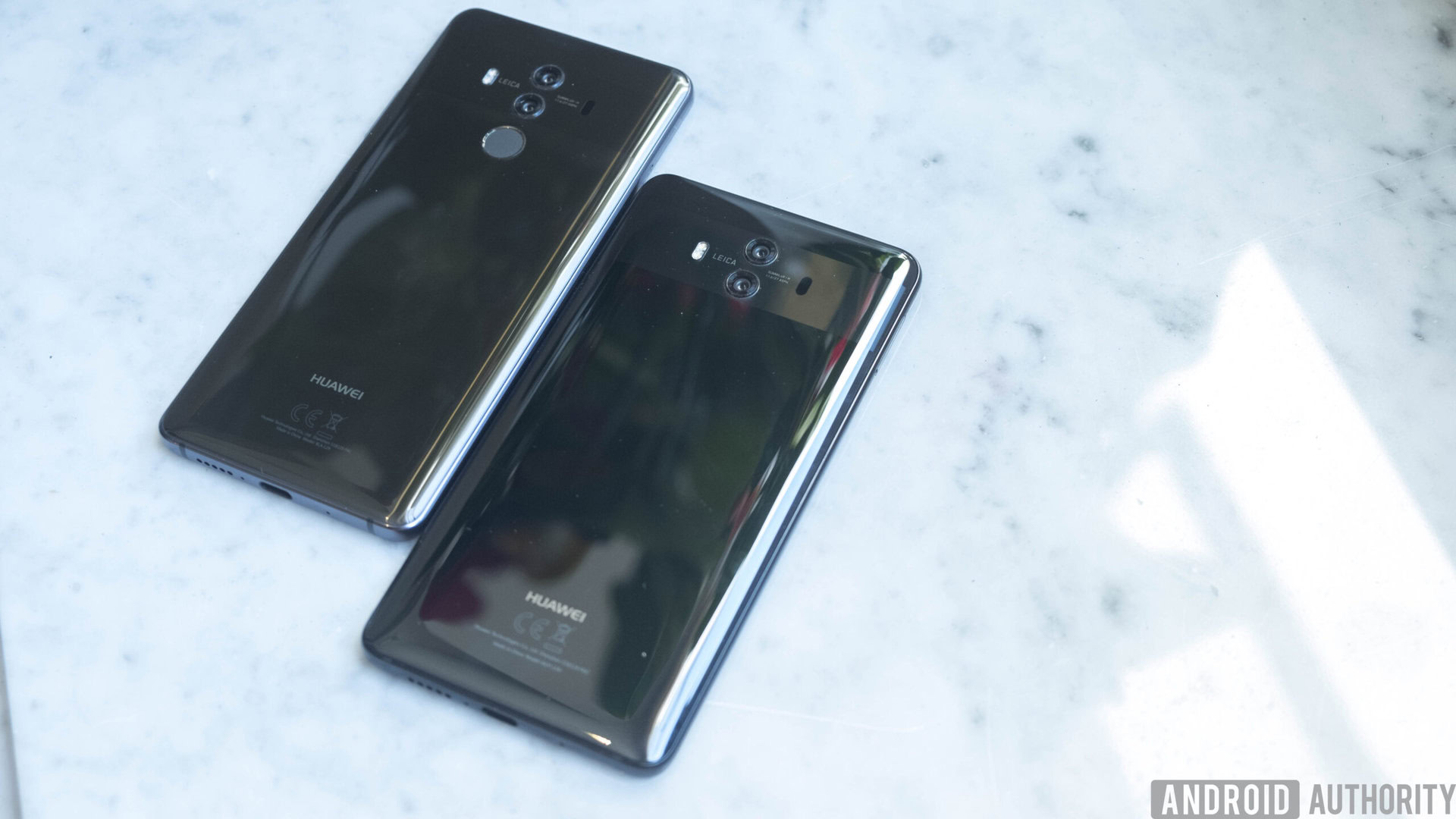
HUAWEI has also made a few changes to take full advantage of the large screen. Both devices come with a floating navigation dock option that can be moved anywhere on the screen for easier navigation. It uses the same gestures found on the Porsche Design Mate 9 last year, with one tap to go back, a long press to go home, and a swipe left or right to activate the recent apps menu. It’s a little confusing at first, but if you’d rather have the traditional on-screen keys, they are also available.
HUAWEI also announced that they’ve worked with Microsoft to develop the Bing Translator on top of the Kirin API. The Translator app will be preloaded on the Mate 10 and will let you translate text, as well as use the camera to translate objects and signs in real-time using the NPU. As not all developers see the need to develop directly onto Kirin, there’s also support for apps that use Google’s TensorFlow Lite and Facebook’s Caffe2 frameworks, to route these requests through the NPU.
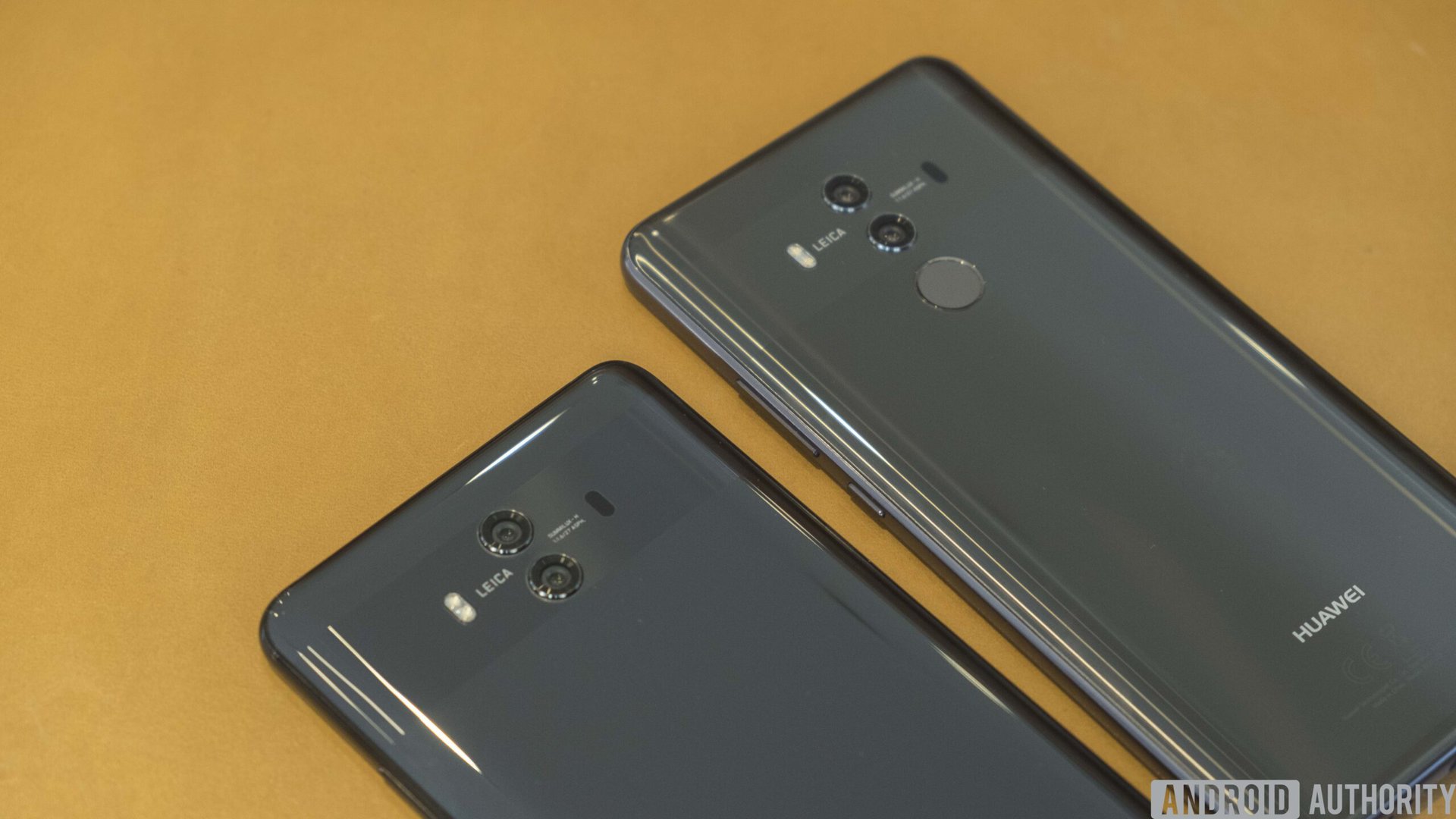
HUAWEI is also trying to appeal to business users with the addition of a single-cable projection mode that allows you to use your smartphone as a PC. Using a USB Type-C to HDMI cable, the Mate 10 and Mate 10 Pro offer a dock-less experience where the screen can either mirror or extend the smartphone display. When docked, calls and other sensitive content coming through to your phone will not be shared on the big screen. To control the PC-like experience, you can either connect a Bluetooth keyboard and mouse – as both devices support dual Bluetooth connections – or you can use the smartphone display as a keyboard and mouse.
The HUAWEI Mate 10 will be available in Black, Mocha Brown, Champagne Gold, and Pink Gold. The Mate 10 Pro will be available in Midnight Blue, Mocha Brown, Titanium Gray, and Pink Gold. Pricing and availability information has yet to be announced.
Overall, the Mate 10 and Mate 10 Pro offer an interesting insight into the evolution of HUAWEI’s smartphone portfolio. Both are big improvements over last year’s Mate 9, but the question remains whether an AI-first approach is enough to appeal to users.
In a year where every smartphone manufacturer has brought their best, HUAWEI’s effort certainly makes them a contender. The Mate 10 and Mate 10 Pro are two very similar devices, but the handful of differences between the two means it might be difficult to establish which is actually the real flagship.